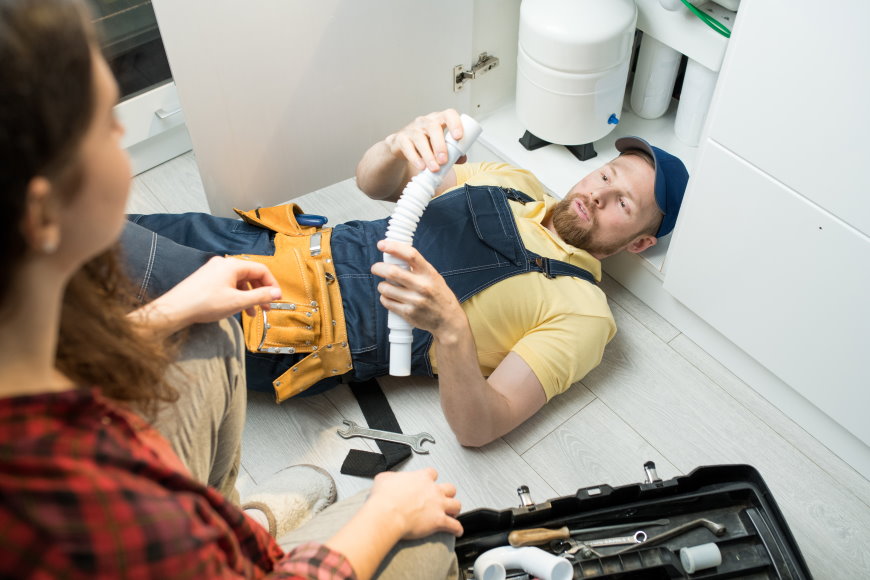With many stuck home during the lock down, sink and shower drains are becoming clogged from people cutting their own hair at home and just generally using the plumbing more often.
But don’t worry – we can help! If you don’t want to deal with the mess and the goo…just call us and we will be right over. But here are some tips if you want to try to do it yourself (remember that we are always here to fix what you “fixed” ) 🙂
While there are plenty of chemical solutions to pour down your drain, in reality you are just pouring your money down the drain. In the case of a sink clog, you have to get your hands dirty and clean out the trap (called a P trap).
The P-trap is that curved pipe that you see beneath any sink in your home. Unfortunately, the trap’s water-trapping ability extends to hair, grease, debris, and soap scum. This makes a P-trap the number-one location of clogs. If the P-trap becomes only slightly clogged, then you experience slow drainage in the fixture.
If you experience slow draining in your fixture, try cleaning the P-trap to avoid a full-blown blockage. Before beginning, remove everything from under the sink so that you have ample room to work. Then follow these steps:
-
Position a plastic bucket directly under the P-trap.
-
Using pliers, remove the two coupling nuts that attach the trap to the sink tailpiece and to the adjacent wall fitting.
If these nuts won’t budge, or if they simply fall apart when you try to move them, it’s time to purchase a replacement trap.
-
Clean the interior of the trap with a straightened wire coat hanger or a large nylon bottle brush.
Make sure that all the parts are completely clean inside and out. A piece of debris lodged between a drain washer and the drainpipe can cause a leak.
Use the cleaning as an opportunity to inspect all the washers — they should be soft and supple. If they aren’t soft, you need to replace them.
-
If you discover that the trap is clean and clear (and not the reason for the clog or slow draining), then insert a small retractable drain snake directly into the pipe in the wall.
Work the snake in and out while rotating the handle clockwise.
-
Reassemble the trap.
Make sure that each washer is properly seated. Twisting can be a real problem. Don’t over-tighten the connections. At first, the coupling nuts should be no more than hand-tight. If a leak persists, continue to tighten a little at a time until the leak disappears. If increased tightening doesn’t do the trick, chances are, the washers are dirty, twisted, or defective. Try again!

